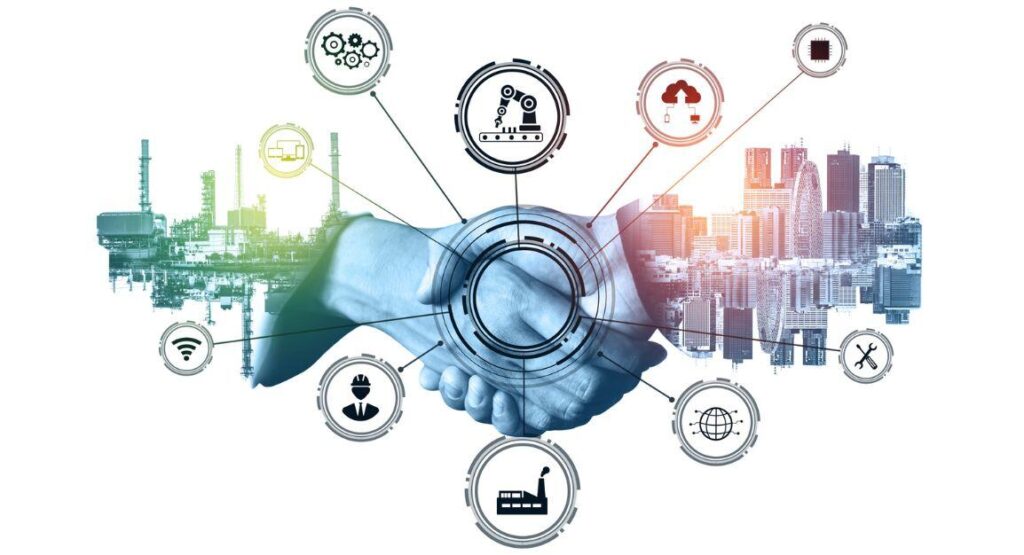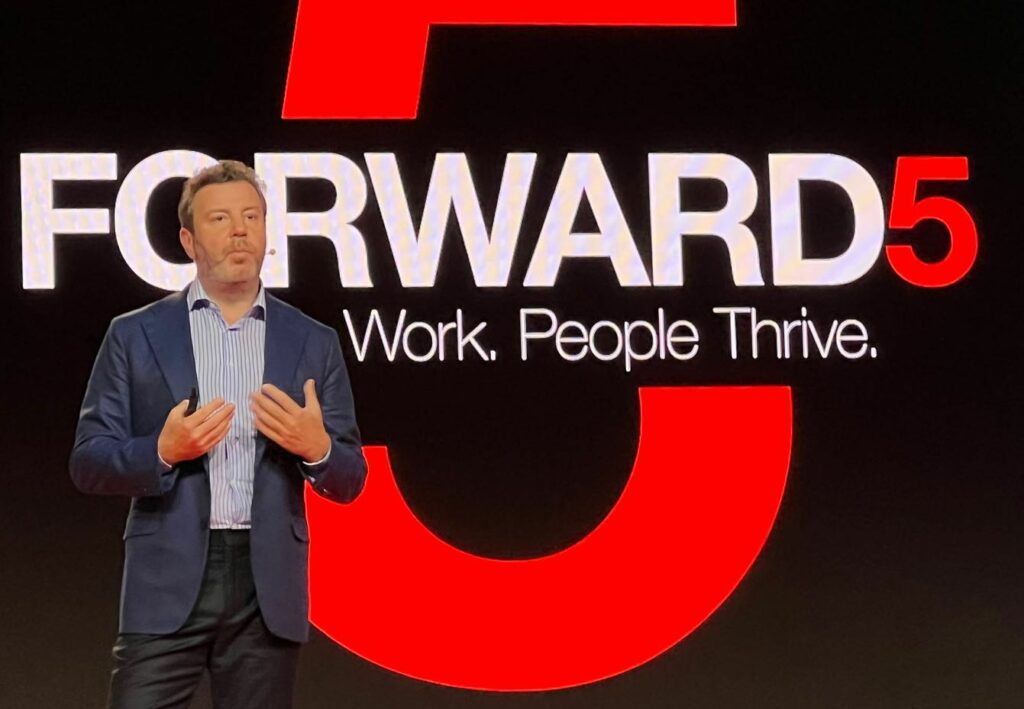Osaka-headquartered Mitsubishi Tanabe Pharma Corporation is on a grand mission to help humans fight against disease, a pressing concern for a country with a famously aging population such as Japan.
Aiding it in its fight is RPA vendor UiPath. Identifying the Japanese market as a top global priority, UiPath has been consistently investing in the country and looking at ways to help its increasing worker shortage, which, on current trajectory, is set to hit 11 million people by 2040.
Worker shortages at scale
Koichi Hasegawa, CEO of UiPath Japan, tells ERP Today that Japan’s declining workforce is “a major issue, and we see automation as a significant benefit, as it has led to the creation of places where human resources can play an active role.”
In 2017, UiPath was the first global RPA vendor to establish a legal entity in Japan with the opening of a subsidiary office. Since then it has delivered automation gains not just for Mitsubishi Tanabe Pharma, but also finance companies like Sumitomo Mitsui Financial and Banking Groups.
“As the working-age population declines at an accelerating rate due to the falling birth rate and aging population, improving operational efficiency through automation has become an urgent issue for many companies to cope with the labor shortage,” Hasegawa says.
With most industries in the West complaining of a tech talent shortage, the added impact of having a large proportion of citizens past the retirement age alongside a seismic workplace culture shift will impact Japan’s business and society at many levels. Under threat is the country’s ability to perform domestic services, export its goods and services and, most critically, as we enter a period of heightened technology use, Japan’s ability to innovate.
Adding value, not subtracting features
As Japan has a solid ‘first to the table’ technology history, Hasegawa says it is turning towards RPA technology as the next frontier of innovation, touting the Mitsubishi Tanabe Pharma project to underline the benefits of automation.
“In anticipation of an era of no-code, low-code development that does not use programming languages, Mitsubishi Tanabe Pharma had also hypothesized that the introduction of RPA would lead to the development of employees who would be able to reform operations by utilizing digital technology on their own,” says the CEO.
“By incorporating the use of RPA, the concept can be shifted from process construction aimed at simple business simplification to process construction for the creation of added value. We consider this to be another form of innovation.”
Since implementing UiPath in 2019, Mitsubishi Tanabe Pharma has automated over 500 workflows and saved over 70,000 person-hours which has enabled significant gains in operational efficiency. But the medical company is just at the beginning of its journey as it moves towards the ultimate shared goal of this vendor and customer in the fully automated enterprise.
For Mitsubishi Tanabe Pharma, this means an empowered workforce capable of identifying their own automation and innovation opportunities.
“From the very beginning, (it) had been promoting a ‘self-driven’ organization in which on-site employees would identify target operations and automate them on their own,” shares Hasegawa.
Improving retiree satisfaction with automation
One significantly improved department at the company is the HR department, which was struggling with the mismatched workflow for processing retirees from the organization. While different employees were retiring every month, the procedure for retirement was held only semi-annually. This led to a deluge of queries and inquiries and increased work for HR and – presumably – increased frustration when questions weren’t being dealt with efficiently.
Given the celebratory nature of retirement and the increase in numbers, an automation solution was needed.
“The company decided to convert the contact and confirmation of retirees to RPA and changed to a method whereby the process is carried out on a monthly basis. This not only reduced the number of inquiries and the workload but also improved the satisfaction level of the retirees,” Hasegawa says.
And with many a retiree in Japan these days, improving satisfaction can only be a good thing.
Digitally skilled personnel
RPA has meant for this Japanese company that the messy manual processes of the past have been taken out of the hands of humans and placed with software robots, saving countless person-hours and freeing workers up for more creative and value-adding work.
On this new, enlightened work force, Hasegawa says, “Resistance to digital tools has disappeared, and this has spurred the development of digitally skilled personnel. They were able to not only reduce and replace existing tasks that people were doing but also create added value by entrusting astronomically time-consuming tasks to robots that were previously impossible to do by human hands.”
The CEO though looks forward to a future of even more RPA innovation in Japan.
“In the future, UiPath hopes to expand its automation domain to our platform concept of ‘discovery’ and ‘execution’ to support the creation of further business value and innovation.”
Alongside the shift in the workforce age in Japan, Hasegawa notes there has also been a growing move away from an old back-breaking work culture into a new norm.
“Momentum for ‘work style reform’ has been building since 2017 to break away from long working hours, and this has led to the rapid spread of the use of automation ahead of the rest of the world.”
In other words, RPA is helping Japan say RIP to all work and no play.




